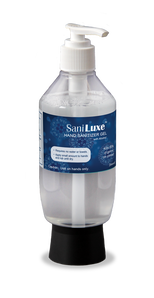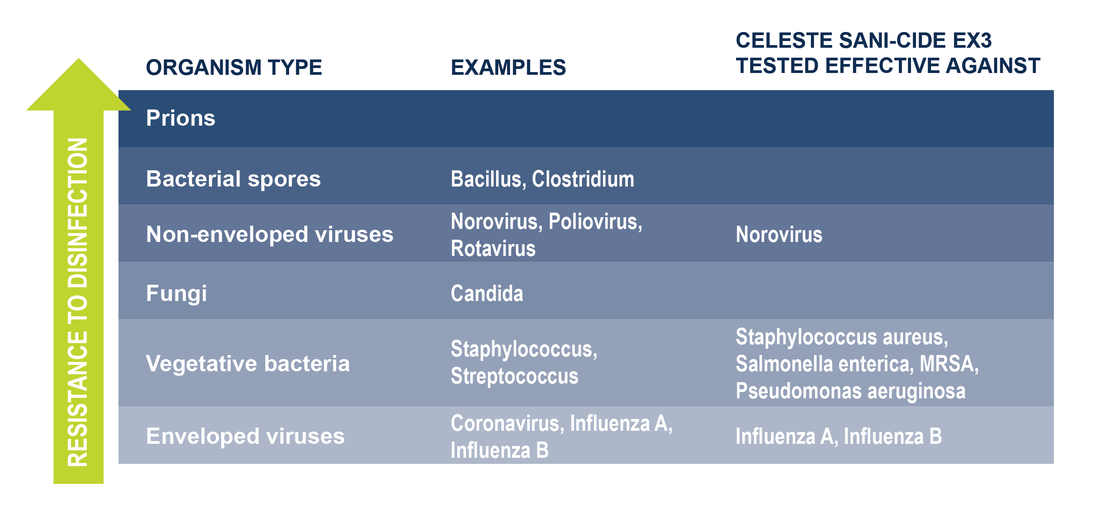|
At the start of the COVID-19 pandemic a lot of airplanes were parked or put into short to mid-term storage. As passengers are slowly returning to flying and airlines are adding flights, it is important to consider what measures should be taken in order to return stored aircraft to service. Preparing an aircraft to return to service can be a challenging process, especially if the cabin and lavatories were not thoroughly cleaned prior to putting the aircraft into storage. If all sources of malodor were not adequately treated beforehand, bacteria, mold, and mildew could have continued to multiply during storage producing a foul cabin environment. In addition, dust and dirt may have collected on surfaces creating an unappealing appearance. In order to get the cabin back into a clean, presentable state with fully functional waste and water systems, a comprehensive cleaning process needs to occur. Celeste Industries has the products to help our airline partners with this task.
1 Comment
The COVID-19 pandemic has been in the forefront of everyone’s mind lately, leading to uncertainty, business shutdowns, and travel restrictions. Now, with less people traveling, aircraft are being removed from service and placed into temporary storage. Without proper preparation, this could develop into significant odor problems for airlines due to malodor forming bacteria. Left unchecked, these detrimental bacteria have time to grow and multiply resulting in significant odor issues. Properly preparing aircraft now will reduce the effort required to eliminate these malodors later when returning the aircraft to service.
It is important to eliminate the source of the malodor by effective cleaning and treating the bacteria and fungi that cause the malodors. Malodors can arise from several areas throughout the aircraft; from the lavatory, to the galley, to the cabin itself. In each case, the cause of the malodor is the same: odor causing bacteria, invisible to the naked eye. By attacking the source of the malodor, whether physically or by interrupting the process whereby odors are created, the problem can be solved for the longer term. Left untreated, these bacteria multiply rapidly creating a biofilm that causes the malodors. Below are Celeste’s recommendations to remove malodor sources, treat the bacteria, and prevent odors from forming during storage using products that:
Originally Published 3/18/2020 Not only has it taken over our conversations and media feeds, Coronavirus has become a global pandemic. More than anything, the virus has made everyone focus on the importance of reducing the spread of germs. Airlines are no exception. They have been working diligently to disinfect aircraft surfaces often to keep guests safe and comfortable on their flights. Here at Celeste, we continue to produce aircraft-approved surface disinfectants, hand soaps, and hand sanitizers during this time of increased demand.  Celeste's Sani-Cide EX3 is a broad spectrum hard surface disinfectant/cleaner trusted throughout the aviation industry and registered with the US Environmental Protection Agency (EPA). To date, Sani-Cide EX3 has been tested to be effective against Feline Calicivirus (a surrogate for Norovirus), Pseudomonas aeruginosa, Methicillin-resistant Staphylococcus aureus (MRSA), Staphylococcus aureus, Salmonella enterica, Influenza A, and Influenza B. While Sani-Cide EX3 has not yet been specifically tested to kill the Coronavirus, it has been tested to be effective against similar enveloped viruses such as Influenza A and Influenza B, as well as more resistant non-enveloped viruses such as Norovirus. We are currently having Sani-Cide EX3 tested for label claims against Human Coronavirus and we will be submitting Sani-Cide EX3 for testing against SARS-CoV-2 when testing is available. Sani-Cide EX3 has been included on EPA’s List N: Disinfectants for Use Against SARS-CoV-2. List N includes products that meet EPA’s criteria for use against SARS-CoV-2, the novel Coronavirus that causes the disease COVID-19. Sani-Cide EX3 has demonstrated effectiveness against viruses similar to SARS-CoV-2 on hard, non-porous surfaces. Therefore, Sani-Cide EX3 can be used against SARS-CoV-2 when used in accordance with the directions for use against Feline calicivirus, Strain F-9, ATCC VR-782 (Surrogate for Norovirus) on hard non-porous surfaces. Refer to the CDC website at www.cdc.gov for additional information.  Of course by now, we have all heard that washing your hands regularly is one of the best ways to prevent the spread of illness as recommended by US Centers for Disease Control and Prevention (CDC), European Centre for Disease Prevention and Control (ECDC), and World Health Organization (WHO). Celeste offers several hand washing products trusted in the aviation industry. Our Flight Luxe® Hand Soap, available in liquid or foaming formulas, is an above-the-counter soap system making replacing soap an easy task. Simply remove the old bottle and replace with a brand new one! What about antibacterial soaps? According to the US Food and Drug Administration (FDA) and CDC, there is no evidence to show that consumer antibacterial soaps are any better at preventing illness than washing with plain soap and water.  If soap and water are not available, and hands are not visibly dirty, it is recommended to use hand sanitizer with at least 60% alcohol, if available, by applying the product to the palm of one hand and rubbing the product over all surfaces of your hands and fingers until dry. Our Sani Luxe® Hand Sanitizer, bottled in the same convenient system as our hand soap, is available in 3 formulas (availability may vary by country):
For more information on Celeste products, speak with your Account Manager or Sales Coordinator. For more information on Coronavirus: https://www.who.int/emergencies/diseases/novel-coronavirus-2019 https://www.cdc.gov/coronavirus/2019-ncov/index.html https://www.ecdc.europa.eu/en/novel-coronavirus-china |
Archives
May 2020
Categories
All
BLOG SUBSCRIPTION
|
800.447.5775
[email protected]





 RSS Feed
RSS Feed

